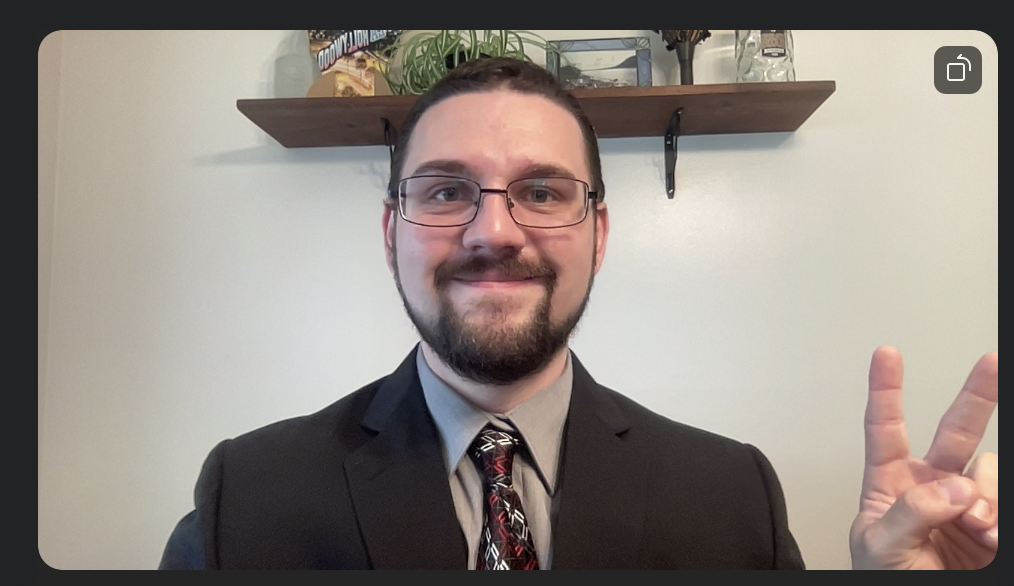Professional Journey
For current job status, visit my
LinkedIn
.
TLDR
The story
My journey started with hardware, I was the "techie" of the house and the journey hasn't stopped. I always enjoyed tinkering and once I started working I saw the world as a way of learning more. I am thankful for the chance I have had that all of my experiences have been able to act as a "playground".Each job posed it's own challenges and constraints, but my goal was to focus on underlying technology as opposed to the process. With that guiding mission in mind, it has helped me get to a point that I feel stable and fulfilled professionally.
The majority of my time has been with Centage, where I directly participated during the shift from a legacy client server application to fully cloud SaaS infrastructure within AWS. I started in the server closet working through a stack of reclaimed hardware while juggling clients calling in for application support. Always things to learn or keep you busy.
There was a need for data integration which lead me to work closely with the principal developer for the in-house ELT tool where I learned an immense amount about SQL Server and data integration concepts. This was the the catalyst to start the Integration Team specializing in data ingress to Centage.
Data Integration required the application of programming concepts. I had take classes, done online learnings, workshops, but now I was responsible for building end to end processes from source to Centage. The role was part of the onboarding flow, thus speed was a necessity so we quickly had to move from hand crafted mappings to source specific templates. We needed to move from days of configuration to hours and we succeeded. The templates allowed for us only customize the key aspects of a given client, mappings from an API response to the integration format were covered, greatly minimizing errors and speeding up the integration portion of the onboarding.
While the work was satisfying, role of DevOps became available and I jumped at the opportunity seeing how it took concepts I was doing but then applied it at a much broader scale. The position allowed me to dive into working with Python, IaC (Terraform), Configuration Management (Ansible), Kubernetes, and be responsible for production infrastructure. Things that I would touch on during integration, but now there was a rubric to follow. Automation is king.
Within DevOps I excelled, building out scripts & automation to solve issues or perform tasks that would otherwise be done manually. Along with being the Identity Admin, many projects surrounded the AWS API and interacting with Ansible or Python to invoke changes within AWS. I introduced the use of the Atlas CLI within Jenkins jobs to automate cluster operations as a cost saving measure to reduce Atlas spend. One major project I lead was the shift from a vertical scaling model to horizontal one for our frontend ASGs, not only reducing cost, but improving system stability by distributing workloads. Additionally integrated an external feature store allowing us a third toggle, concurrency. Part of the work was also configuring the application operate in an asynchronous way and controlling the flow of work by checking an SQS queue as opposed to work starting from user initiation. Since instances were managed via Auto Scaling Groups, we could horizontally and vertically with a Terraform change and then depending on utilization we can adjust the concurrency allowing us to much more effectively manage the customer experience and cost of our frontend infra.
Another major project was the planning and implementation of Nginx to operate as a reverse proxy for SSAS over HTTPS. This required a deep understanding of networking concepts & security, AWS Services, and our MongoDB data structure in order to rollout into production. We needed to identify based on a client's given configuration, first where their cubes should be going then generate Nginx rules, and finally apply those rules. It was a multi-stage process, however this work enabled the company to horizontally scale and add additional SSAS / reporting infrastructure without disruption to the client.
